How To Remove Age Restriction On Youtube On Iphone
iPhone through the ages: the original to the iPhone 12 - how much has it changed?
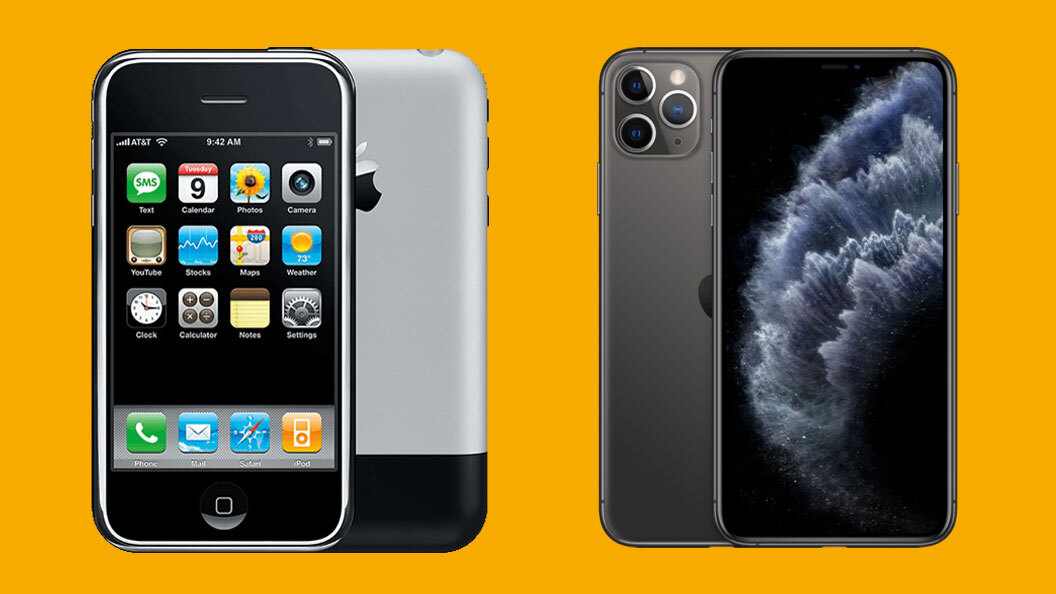
The birth of Apple's superphone
The iPhone 12, iPhone 12 mini, iPhone 12 Pro, iPhone 12 Pro Max, and even the iPhone SE (2020) are very, very different to early models of Apple's phones, but much of the DNA has always been there. With that in mind, let's look back over the thirteen years of iPhone products to see just how much they've changed.
It was January 9, 2007 when Steve Jobs took to the stage of the Moscone Center in San Francisco to announce the arrival of the iPhone, which went on sale on June 29 of the same year. That's over a dozen years ago!
If you find it difficult to remember that far back, people were flocking to the cinema to get teary-eyed at Will Smith in The Pursuit Of Happiness, and rocking out to Beyonce's Irreplaceable.
While our pop music and movie choices may not have changed much, smartphones were elevated forever: from that point on, touchscreens, apps and digital media were the way forward.
Click on through to see every version of the iPhone from the first thirteen years, along with what we're expecting from the next model, likely to be called the iPhone 12.
- Get extra security and IP spoofing with these iPhone VPN apps
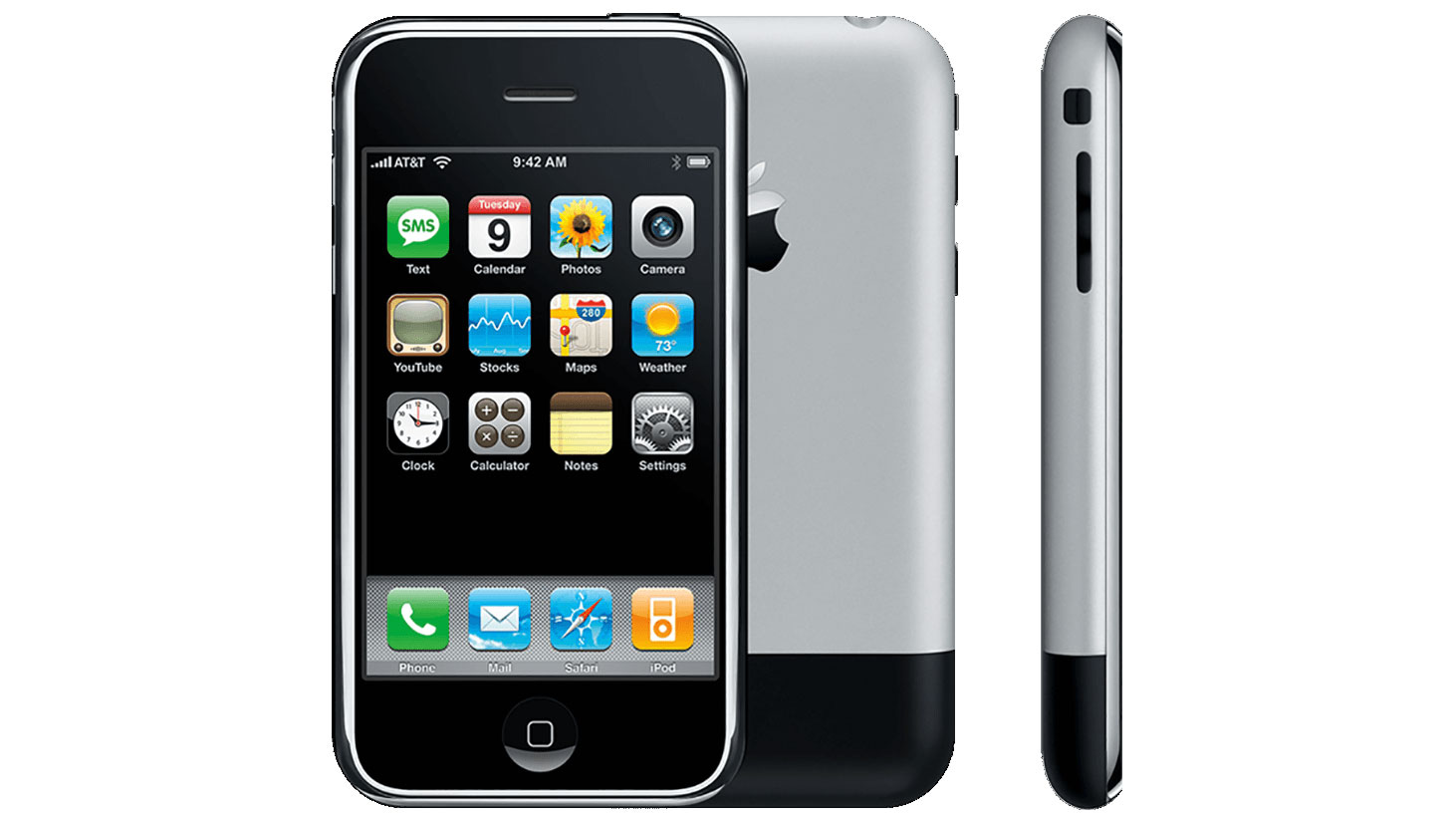
Part iPod, part phone, part Internet device: the original 2007 iPhone.
iPhone 1 (1st generation)
Launched: June 2007 (US), November 2007 (UK)
Steve Jobs introduced the iPhone as three devices in one: a touchscreen iPod, a revolutionary mobile phone, and a truly mobile web browser.
Now we take touchscreens, digital media playback and web access for granted, but in 2007 the iPhone was unlike anything that had appeared before. Its 3.5-inch screen had a 320 x 480 pixel reoslution (one of the best displays of the time), with a 2MP camera built in, and up to 8GB of storage.
Third-party apps were not yet allowed on "iPhone OS". In the TechRadar review, we noted that despite several shortcomings, the phone had "changed the mobile device landscape… multitouch will prove to be a model for interfaces in the future".
- Read our full Apple iPhone review
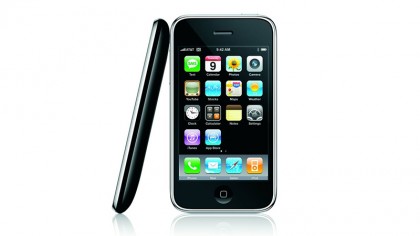
The second iPhone model brought with it 3G connectivity, but was very similar to the original
iPhone 3G (2nd generation)
Launched: July 2008
High-speed connectivity was big news in 2008, which is why the second generation iPhone included 3G in its moniker (rather confusingly, as this was the second generation iPhone). It also brought with it a thinner shape, a plastic back and – crucially – support for the newly launched App Store.
The app store model worked so well you'll now find it replicated in everything from your smart TV to your Windows 8 laptop, and the change helped Apple's phone really start to gain traction.
We said in our iPhone 3G review that buyers would be "amazed by the function and feel of this handset". The iPhone era had begun in earnest.
- Read our full iPhone 3G review
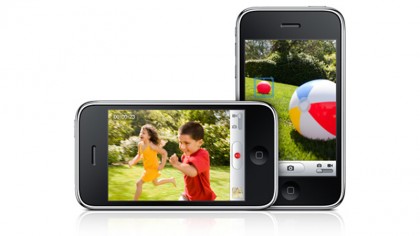
Video recording came to the iPhone with the launch of the 3GS model.
iPhone 3GS (3rd generation)
Launched: June 2009
The iPhone 3GS upgrade was viewed as disappointingly minor at the time, but look at the detail and a different picture emerges: as well as faster performance, the new handset offered a better 3.2MP camera (that could now record video as well as take photos), extra storage options and voice control (the precursor to Siri).
The display was the same 3.5-inch 320 x 480 screen, and the device's appearance remained largely unchanged from the 3G model. TechRadar's take on the unit praised the multimedia and internet capabilities, while still finding niggles with the camera, call quality and battery life – this was the first of the more iterative updates to the iPhone, but did enough to keep users happy.
- Read our full iPhone 3GS review
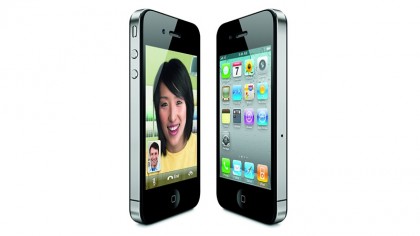
The iPhone 4 transformed the look and display of Apple's flagship device.
iPhone 4 (4th generation)
Launched: June 2010
If the 3GS was a minor upgrade, the iPhone 4 was a serious step up – a new, flat design with an integrated antenna (although questions were raised about how you held the device), a high-resolution Retina display (640 x 960 pixels) that showed the rest of the world how it was done and a superior 5MP camera (featuring HD video recording), on top of internal performance improvements.
The competition was catching up, and Apple had responded in brilliant fashion. We were certainly impressed, despite some reservations about the high price, saying "It's intriguing to see record-breaking numbers queuing up to pick up this device – but after playing with it for a few days, you can see why."
- Read our full iPhone 4 review
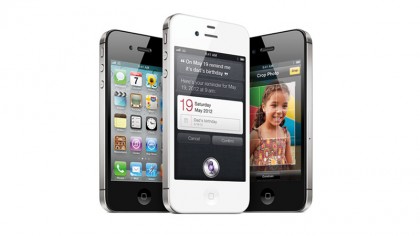
Siri made its debut with the iPhone 4S, which also featured an improved camera.
iPhone 4S (5th generation)
Launched: October 2011
Apple pulled out the "S" tag again for the fifth generation handset, indicating a minor upgrade rather than a major overhaul.
The design of the iPhone 4S was the same, but inside was Apple's new A5 processor, vastly improved graphics capabilities and an 8MP camera with 1080p video recording. iOS was evolving at the same rate as the hardware, of course, and Siri began life as an iPhone 4S exclusive.
The improvements were enough to persuade us to describe it as "the best thing Apple has ever created" in the official TechRadar review.
- Read our full iPhone 4S review
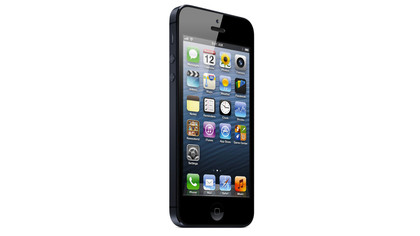
iPhone 5 (6th generation)
Launched: September 2012
After six handsets, Apple finally decided it was time to tweak the iPhone's screen size and aspect ratio.
Coming in at 20% lighter than its predecessor, the 2012 iPhone adopted a 4-inch screen, running at 640 x 1136 pixels.
Otherwise, despite the usual speed bump and a stronger antenna, it was very much business as usual in terms of the design and capabilities.
Our biggest gripe in our iPhone 5 review was with the aging iOS, but with iOS 7 arriving on September 18 that issue is very much negated, which will please a number of iPhone 5 users who've been holding onto the handset for nearly a year.
- Read our full iPhone 5 review
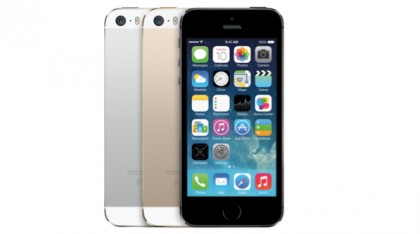
iPhone 5S/5C (7th generation)
Launched: September 2013
The big step in the seventh stage of the iPhone's evolution was the arrival of the iPhone 5C, a slightly cheaper, plastic-backed model to help battle Android in the busy mobile middle market. The signs were there already – remember Apple kept the iPhone 4 and 4S on sale during the iPhone 5 era.
Apart from the plastic shell and larger battery, though, the iPhone 5C was, in terms of specs, a carbon copy of the iPhone 5 – which was retired to make way for the two new handsets.
As for the flagship iPhone 5S, it was a case of under-the-hood improvements again: more power, a better camera, and a fancy fingerprint reader hidden under the home button. The bigger changes arrived with iOS 7, the most radical revamp of the mobile operating system since the App Store arrived back in 2008.
- Read our reviews: iPhone 5S | iPhone 5C
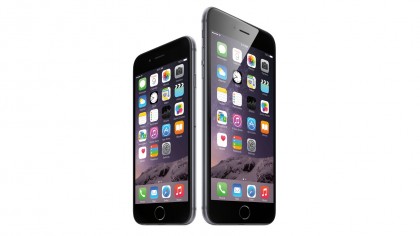
iPhone 6/6 Plus (8th generation)
Launched: September 2014
After the smaller changes that came with the iPhone 5C and iPhone 5S, Apple was back to its revolutionary best with the following generation, as the iPhone 6 and iPhone 6 Plus brought the biggest alterations in design and features since the leap from the iPhone 4S to the iPhone 5.
The most striking change the eighth generation iPhones ushered in was undoubtedly the screen size, with the iPhone 6's display leaping from the iPhone 5's 4 inches to 4.7 inches. Apple also upped the resolution from the 1136 x 640 of previous iPhones to 1334 x 750. This meant that the larger screen still had a high pixel density of 326ppi (pixels per inch), so image quality was incredibly sharp and detailed.
As the name suggests, the iPhone 6 Plus went even larger, with a whopping 5.5-inch display, marking Apple's first foray into the phablet market. The iPhone 6 Plus also got a resolution boost to full high definition, 1920 x 1080. With a pixel density of 401ppi, not only does the iPhone 6 Plus have the largest screen of any iPhone ever, but it also has the clearest.
The iPhone 6 and iPhone 6 Plus also benefit from Apple's use of "dual-domain pixels", which along with the 1300:1 contrast ratio makes the screen on the handsets look absolutely fantastic.
Both the iPhone 6 and the iPhone 6 Plus also ditched the industrial and sharp-edged design that had been with the iPhone for four generations, in favour of a more ergonomically-pleasing chassis with a screen that curves into a body with rounded edges and corners.
Both handsets feature metal backs, and as we pointed out in our reviews, they take a lot of design language from the iPad Air, resulting in a product that looks and feels genuinely premium.
Another big change is that the boosted screen sizes and the corresponding increase in body dimensions have meant that the power button now resides on the right-hand side of the devices.
Along with the launch of the iPhone 6 and iPhone 6 Plus Apple, released iOS 8, which kept many of the flat aesthetics of iOS 7 and ushered in some neat new features.
It wasn't a completely smooth launch, however, and after only a few months Apple has already patched it to iOS 8.1.3 in a bid to squash bugs and fix problems.
The rocky launch of iOS 8 was in stark contrast to the assured releases of the iPhone 6 and iPhone 6 Plus, with Apple proudly announcing that the two iPhones broke the company's records for pre-orders in the first night they were available.
- Read our reviews: iPhone 6 | iPhone 6 Plus
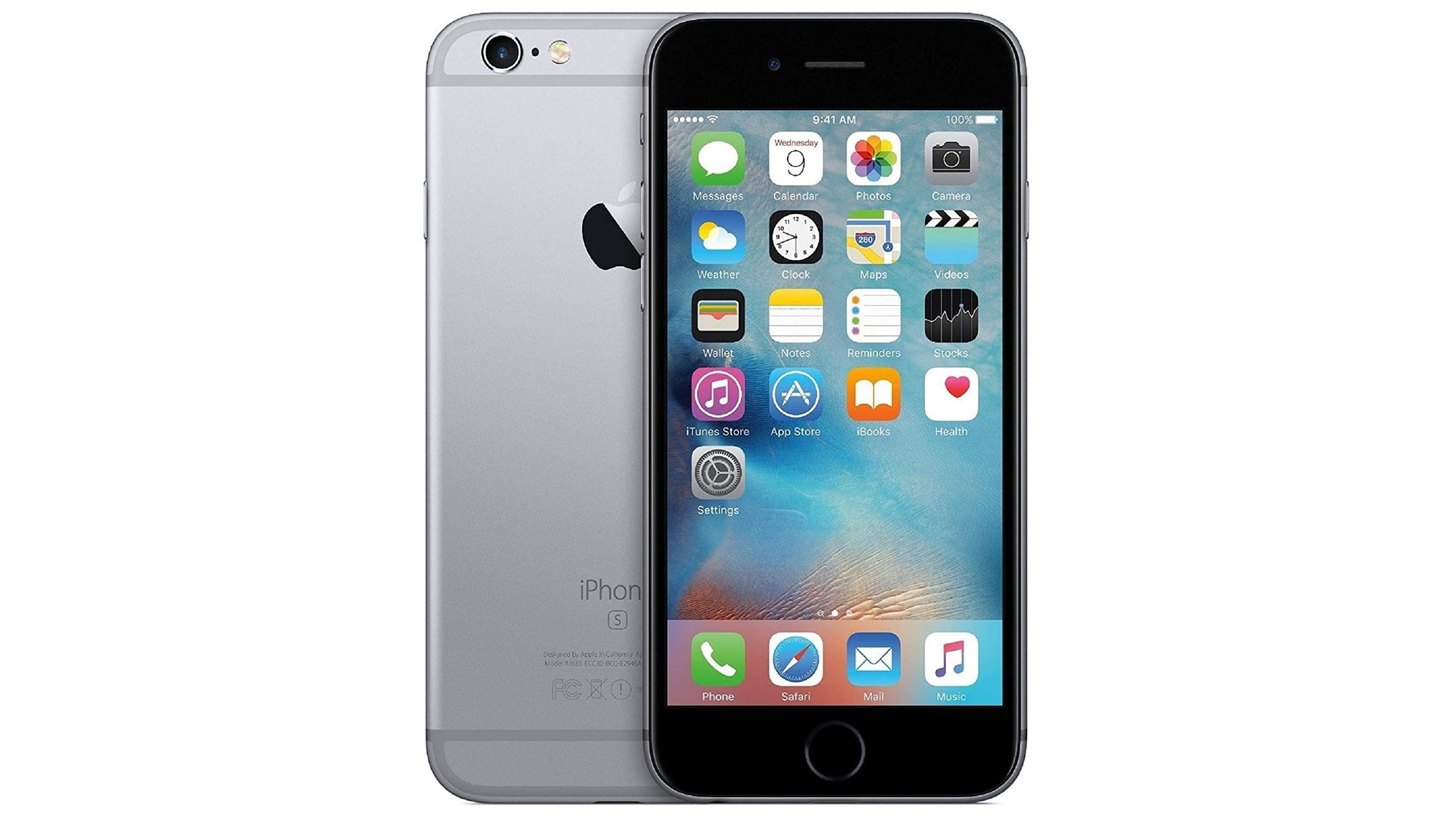
iPhone 6S/6S Plus (9th generation)
Launched: September 2015
Say hello to the iPhone 6S and iPhone 6S Plus. So what can you expect from Apple's ninth generation smartphone? As the names suggest the 6S and 6S Plus don't exactly ring the changes. Rather they build on the solid base provided by the 6 and 6 Plus from 2014.
The keep the same 4.7-inch and 5.5-inch displays, with the same resolutions, and there's nothing new in the design department with Apple sticking with the well received look of its eighth generation devices. There is however a new color, with rose gold joining silver, gold and space grey. Lovely.
Both still sport all metal bodies, but they're now formed from 7000 series aluminum, which Apple says is super tough.
There is a new power unit under the hood, with Apple's new A9 chip boosting performance, while the rear facing camera is now an impressive 12MP offering with a new Live Photo feature which can capture a few seconds of video with each snap.
The big talking point here though is Apple's new 3D Touch technology. This allows the display on the iPhone 6S and 6S Plus to monitor how much pressure you're applying to it.
With the ability to measure the force of your finger, the new iPhones can provide additional functionality. Peek at content without the screen it's embedded in by lightly pressing on it, and press firmly to open it in a separate window.
- Read our reviews: iPhone 6S | iPhone 6S Plus
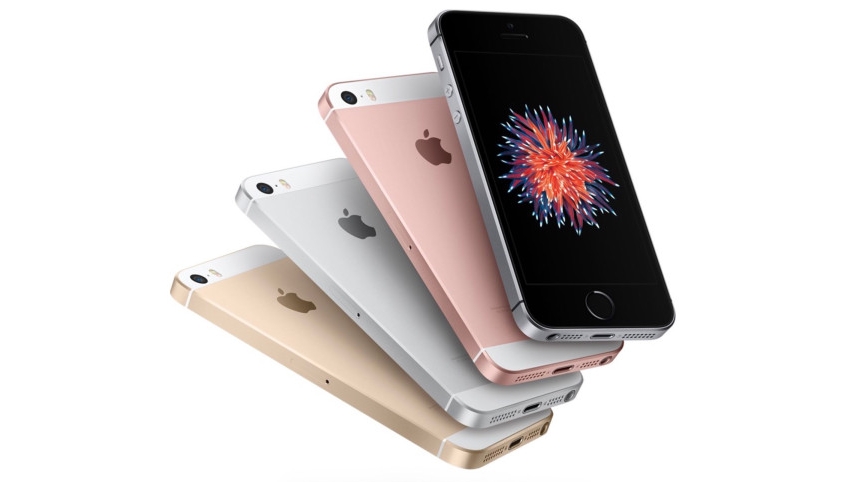
iPhone SE
Launched: March 2016
A cheaper release from Apple, the original iPhone SE took a lot of features from the iPhone 5S and brought them into a phone ready to face the market of 2016.
At the time it would have been the perfect choice for you if you were looking for a smaller iPhone as it comes with a 4-inch screen. The body looks much like the iPhone 5S and while the design may seem a little tired, it still feels premium to the touch.
Plus the iPhone SE comes with a 12MP rear-facing camera, a 64GB storage option and iOS 9 software.
The screen technology on the iPhone SE was a little out of date even at launch, but the relatively low cost made up for it.
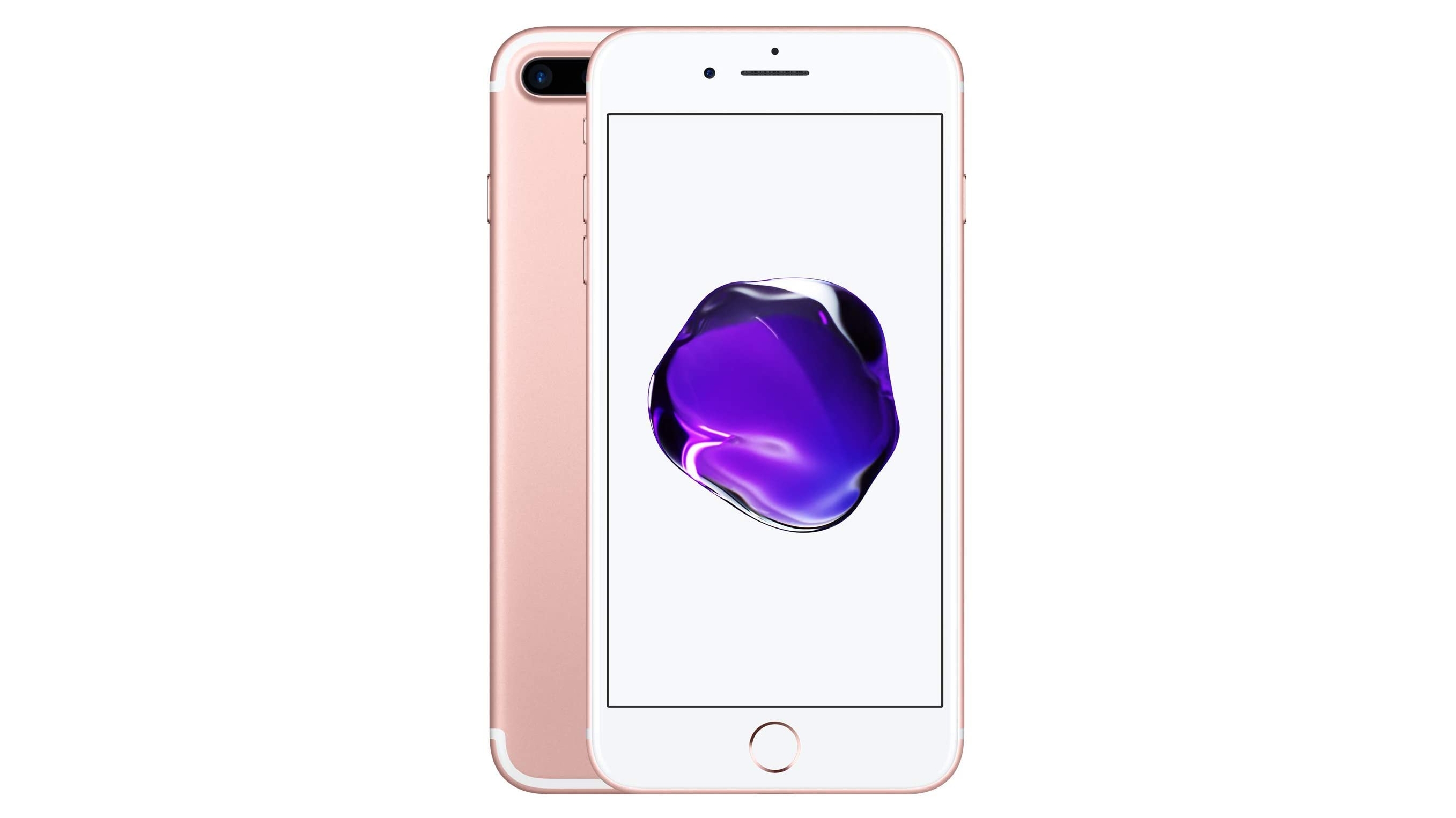
iPhone 7/7 Plus (10th generation)
Launched: September 2016
Next up is the Seven Brothers from Apple - the iPhone 7 and the iPhone 7 Plus. Launched in September 2016, the iPhone 7 Plus received 4.5 stars out of 5 in the TechRadar review (although the 7 was a little less impressive).
We praised the camera on both of these devices, especially the iPhone 7 Plus, as that comes with a telephoto lens which allows you to take 2x lossless optical zoom photos with ease.
The iPhone 7 still has a great shooter though, with fantastic low light skills and one of the best point and shoot rear cameras on the market.
This is also the time Apple embraced waterproof phone tech. Both the iPhone 7 and iPhone 7 Plus come with IP67 ratings, which means you can submerge your phone in water for a few minutes or more without worrying about it getting damaged.
Perhaps the biggest headline of the iPhone 7 and iPhone 7 Plus is the fact the company has said goodbye to the 3.5mm headphone jack. Apple called the decision "courageous" to lose the legacy tech, but many have been disappointed the company has ditched it.
- Read our reviews: iPhone 7 | iPhone 7 Plus
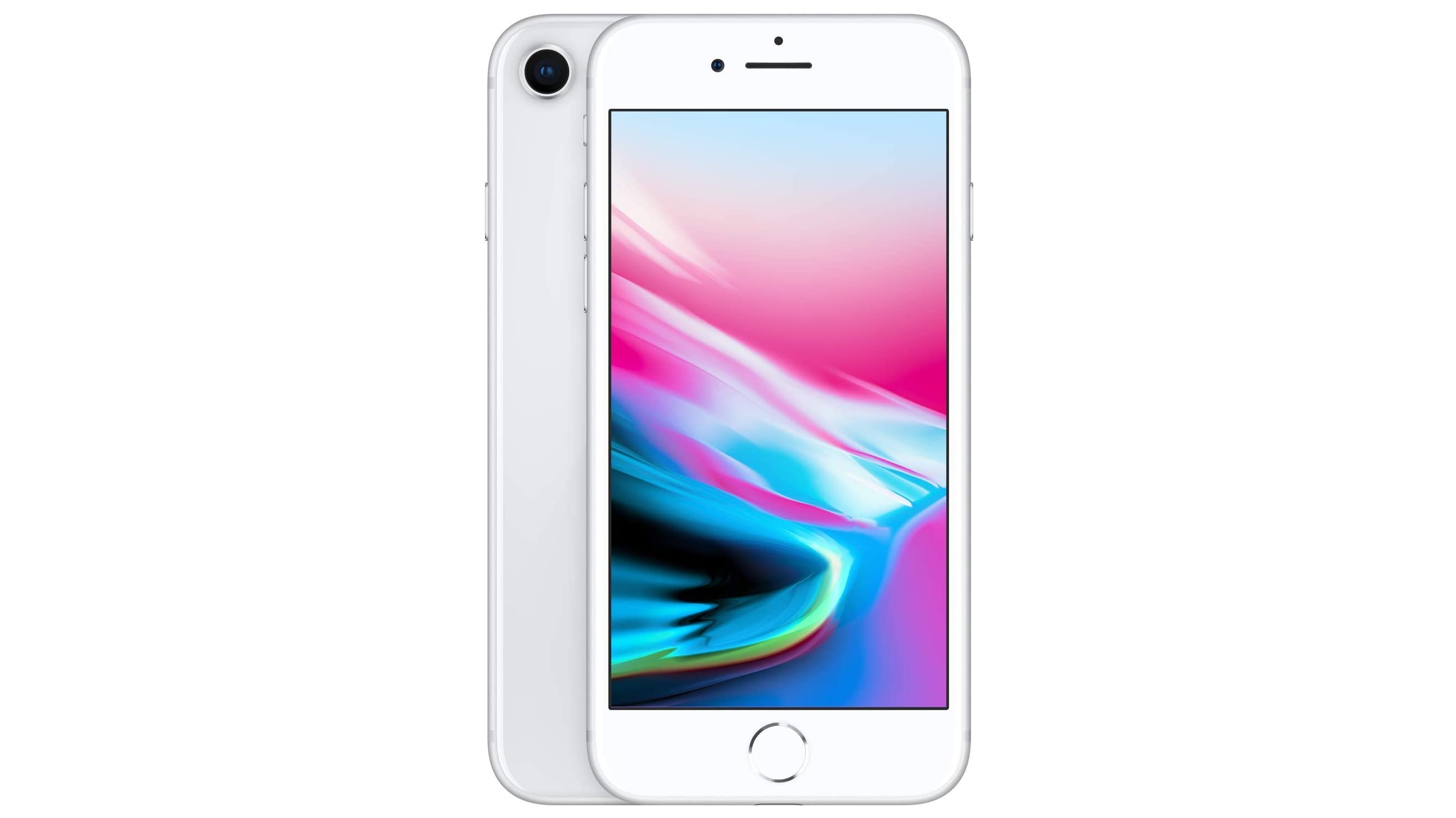
iPhone 8/8 Plus (11th generation)
Launched: September 2017
No you've not missed a slide, the iPhone 7S and 7S Plus simply do not exist. Instead, Apple offered us the iPhone 8 and iPhone 8 Plus during its September 12, 2017 launch event at its brand new Cupertino, California HQ.
Don't let the lack of the 'S' suffix fool you though, as these two new iPhones look incredibly similar to the iPhone 7 and 7 Plus they replace - it's another incremental upgrade (but Apple did have something rather special alongside these two - move to the next slide to learn more!).
Back to the iPhone 8 handsets though, and this time around you get an all glass rear, which in turn has brought wireless charging to both phones while the screen has been improved color wise, but still has the same resolution as predecessors.
The rear facing 12MP camera on the iPhone 8 has also been improved, as has the dual snapper on the back of the iPhone 8 Plus, giving you brighter, clearer and more colorful snaps.
Both phones also benefit from Apple's brand new A11 Bionic processor and upgraded GPU, ensuring there's plenty of grunt under the hood.
- Read our in-depth iPhone 8 review
- Read our in-depth iPhone 8 Plus review
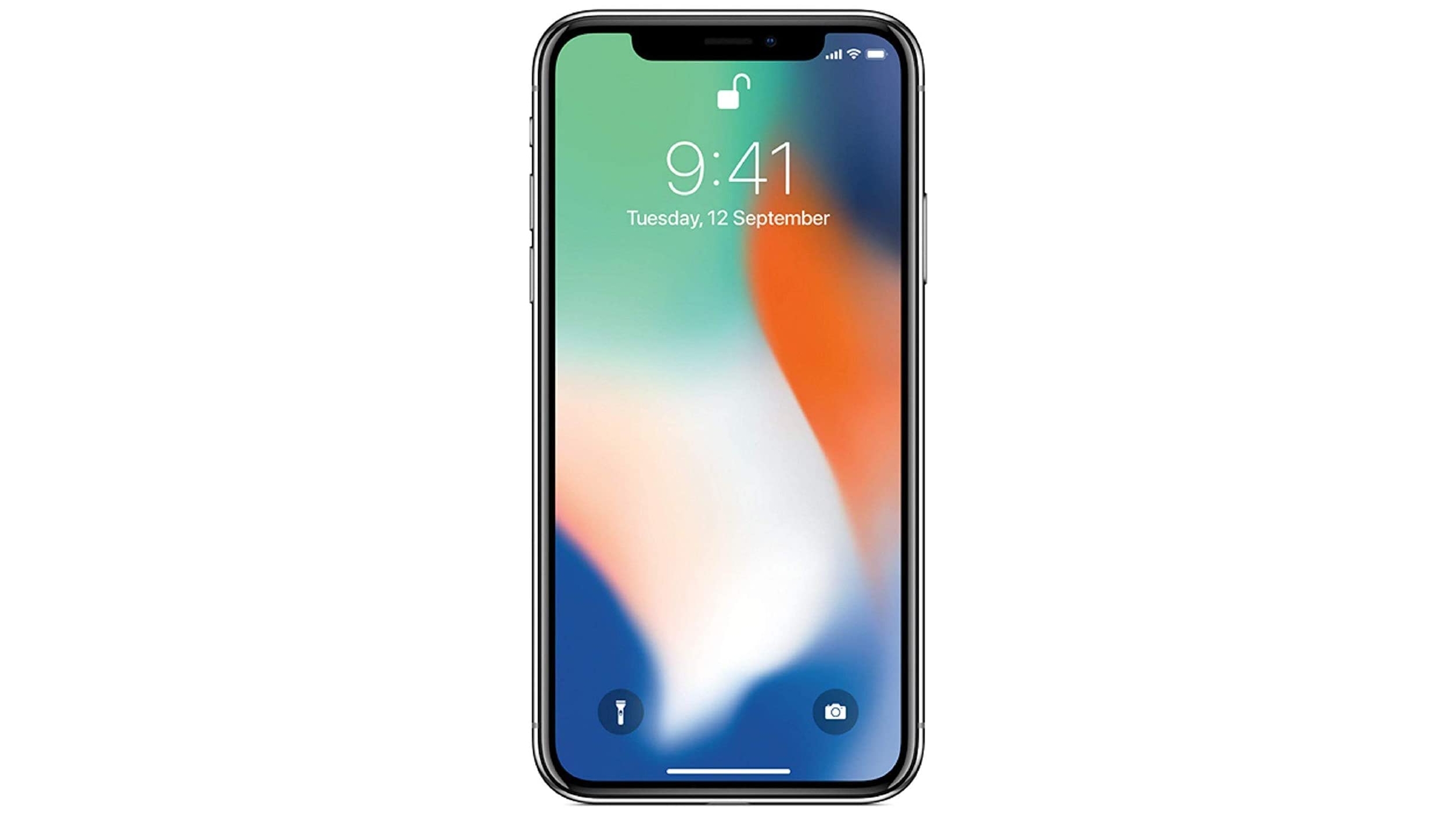
iPhone X (12th generation)
Launched: September 2017
The iPhone X was the phone that stole the show in 2017, pushing aside the incremental upgrades that are the iPhone 8 and 8 Plus, and dazzling Apple fans around the world with a bold new look.
TechRadar's own Gareth Beavis went as far to say the iPhone X is "the most important iPhone ever launched" - no pressure then.
The main event was the bezeless 5.8-inch Super Retina HD display, packing in 2436 x 1125 resolution for a 458ppi pixel density.
It was the first iPhone ever to use an OLED display, meaning it packed a more powerful punch, and it led to another iPhone first too.
The iPhone X does not have a home button. Repeat, the iPhone X does not have a home button.
Apple ditched the physical key in favor of a swipe up gesture from the bottom of the screen, while the fingerprint scanning Touch ID tech was also been kicked to the kerb.
In its place is Face ID, a facial scanner technology that accurately maps your face and - Apple claims - is much more secure than Touch ID.
All this comes at a cost - and the iPhone X was the most expensive iPhone ever when it launched, starting at an eye-watering $999, £999, AU$1,579.
- Read our in-depth iPhone X review
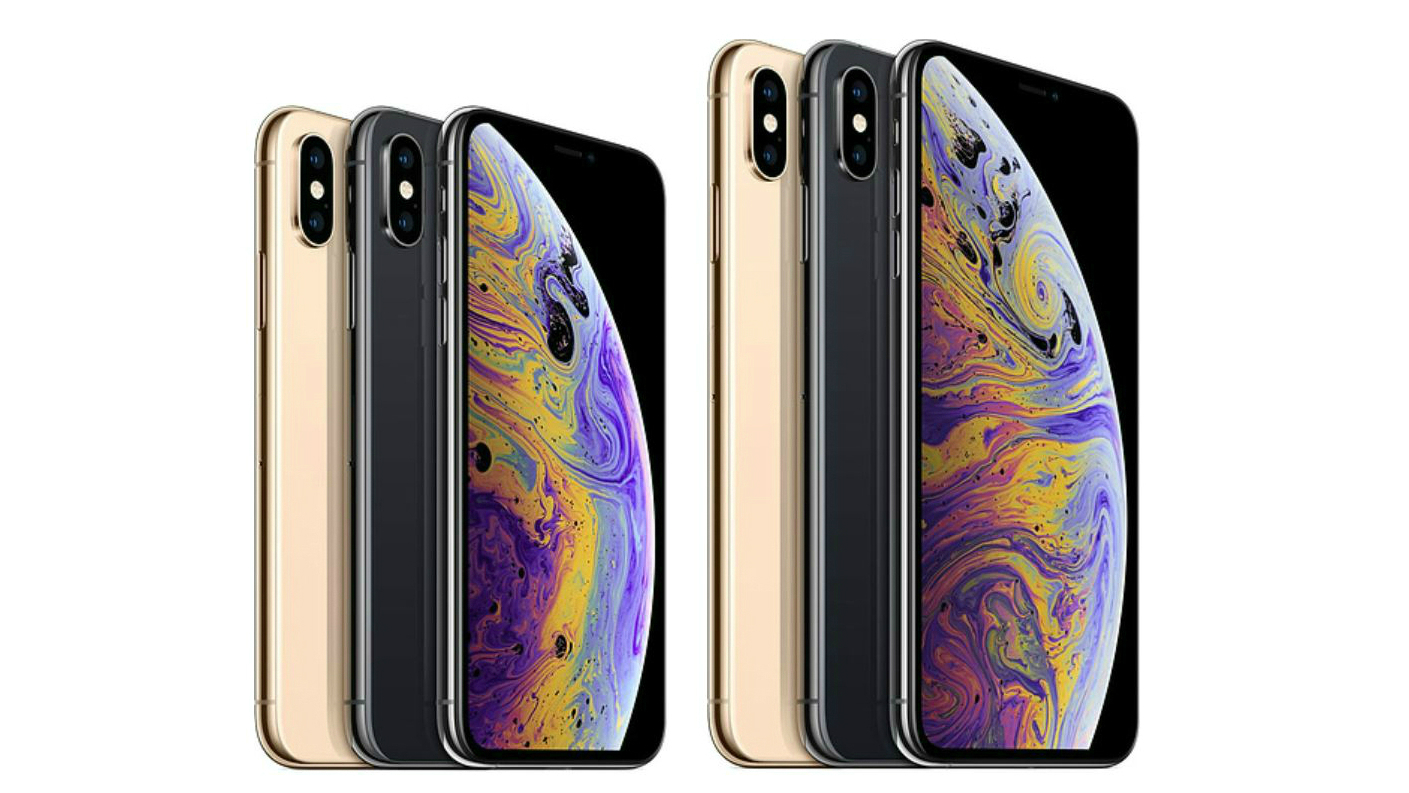
iPhone XS/XS Max (13th generation)
Launched: September 2018
The iPhone XS and iPhone XS Max launched in 2018 as the then-leading smartphone duo to grace Apple's illustrious range.
The iPhone XS features merely incremental upgrades over the iPhone X, with improved rear cameras, a new gold finish and more power under the hood.
Meanwhile the iPhone XS Max is a next leap forward for Apple, offering up a massive 6.5-inch display as well as the same upgrades as the XS.
If you fancy getting hold of either of these handsets though, be prepared to pay. The iPhone XS inherits the starting price of the iPhone X, while the iPhone XS Max price is even loftier.
- Read our reviews: iPhone XS | iPhone XS Max
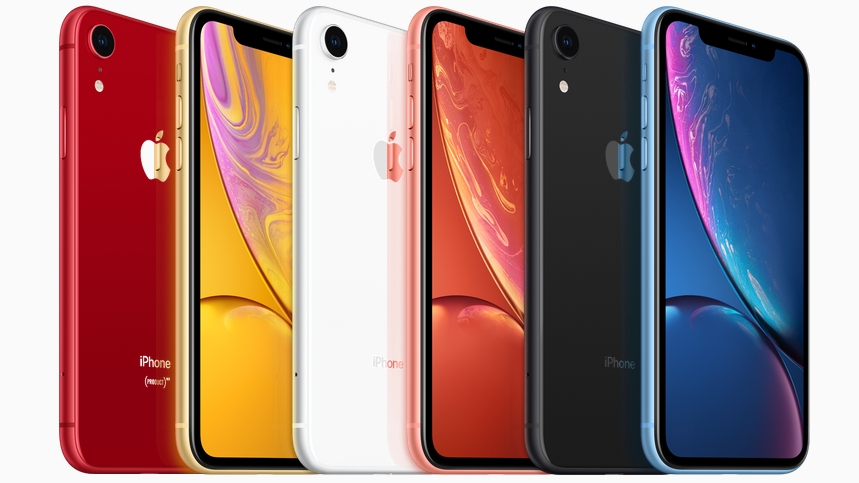
iPhone XR
Launched: September 2018
The iPhone XR arrived at the same launch event as the iPhone XS and XS Max, but offers something a little different.
It sits in a slightly odd position, as the 'entry-level' device of that trio and thus, logically, taking over the mantel from the iPhone 8. However, it has a much larger screen, no home button or Touch ID and includes Face ID.
It's certainly cheaper than the XS duo, but perhaps the iPhone XR price isn't quite as low as some where hoping for in the build up to launch when rumors suggested an affordable iPhone was on the cards.
- Read our iPhone XR review
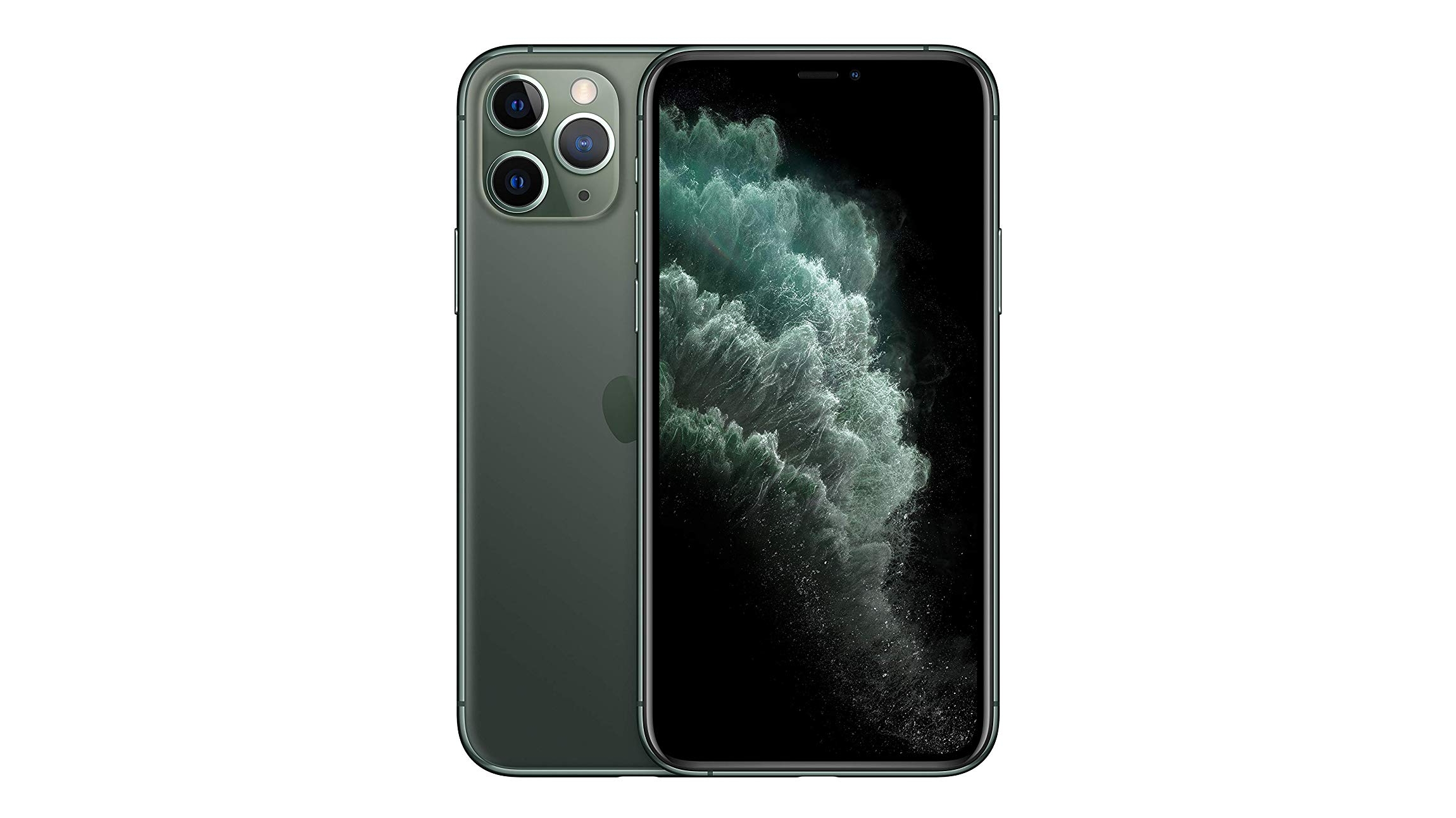
iPhone 11 Pro/Pro Max (14th generation)
Launched: September 2019
The iPhone 11 Pro and iPhone 11 Pro Max are the greatest but no longer quite the latest Apple phones.
For these, Apple expanded the rear camera suite to add third lens, doing ultra-wide duties. Both have new matte glass finishes on the back cover, which don't hold fingerprints, and the front display is a new 'Super Retina XDR' screen.
But otherwise, not much has changed - including, sadly, the retention of the notch on the front display. Both come in a new color, Midnight Green, in addition to gray, silver and gold.
The iPhone 11 Pro is an upgrade on the iPhone XS, featuring the same 5.8-inch screen and size. It's the smallest of Apple's flagship phones, and will use the extra lens to great effect with the refined camera app, which smoothly transitions between near and far photography. It also gets 4 more hours of battery life than its predecessor, Apple claims.
The iPhone 11 Pro Max, aside from a more confusing nomenclature, has the same size and 6.5-inch display as the iPhone XS Max. As with its predecessor, there's nothing terribly different, though the new version gets 5 hours more battery life than the older one.
- Read our iPhone 11 Pro review and iPhone 11 Pro Max review
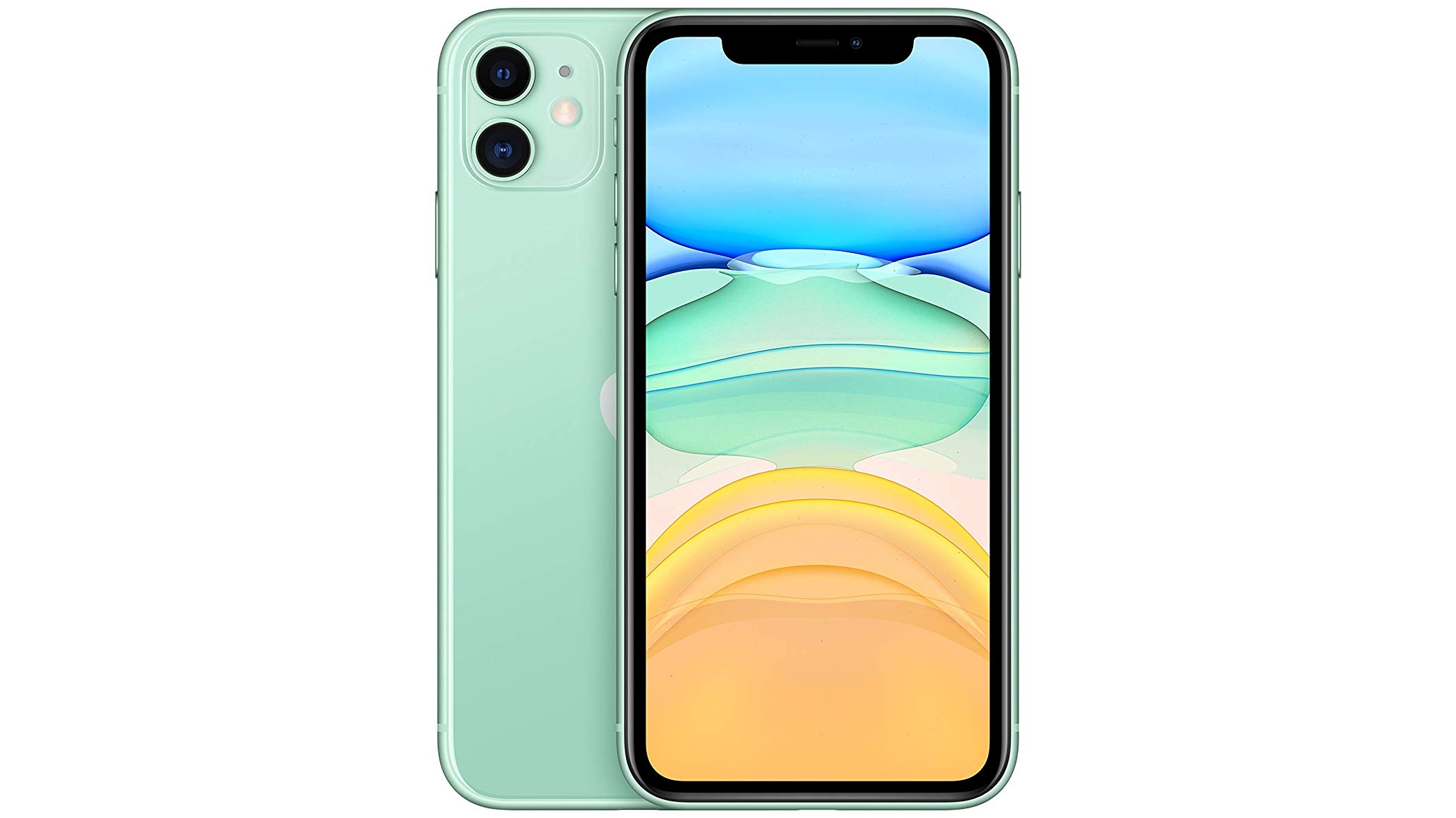
iPhone 11 (14th generation)
Launched: September 2019
Rather than wait another month as it did with the iPhone XR, Apple came out swinging with 2019's budget flagship, announcing the iPhone 11 on the same day as its pricier siblings, the iPhone 11 Pro and iPhone 11 Pro Max.
The iPhone 11 - rebranded as the 'standard' version, at least in nomenclature - adds a second ultra-wide lens, which is a big improvement for its rear camera suite over its predecessor.
The new phone cuts similar corners as the iPhone XR to be more affordable, like having an LCD display, one fewer lens, and being thicker than the iPhone 11 Pro and iPhone 11 Pro Max. But Apple has managed to make it even cheaper than the XR on launch day, making the iPhone 11 the cheapest Apple flagship since the iPhone 8.
- Read our in-depth iPhone 11 review
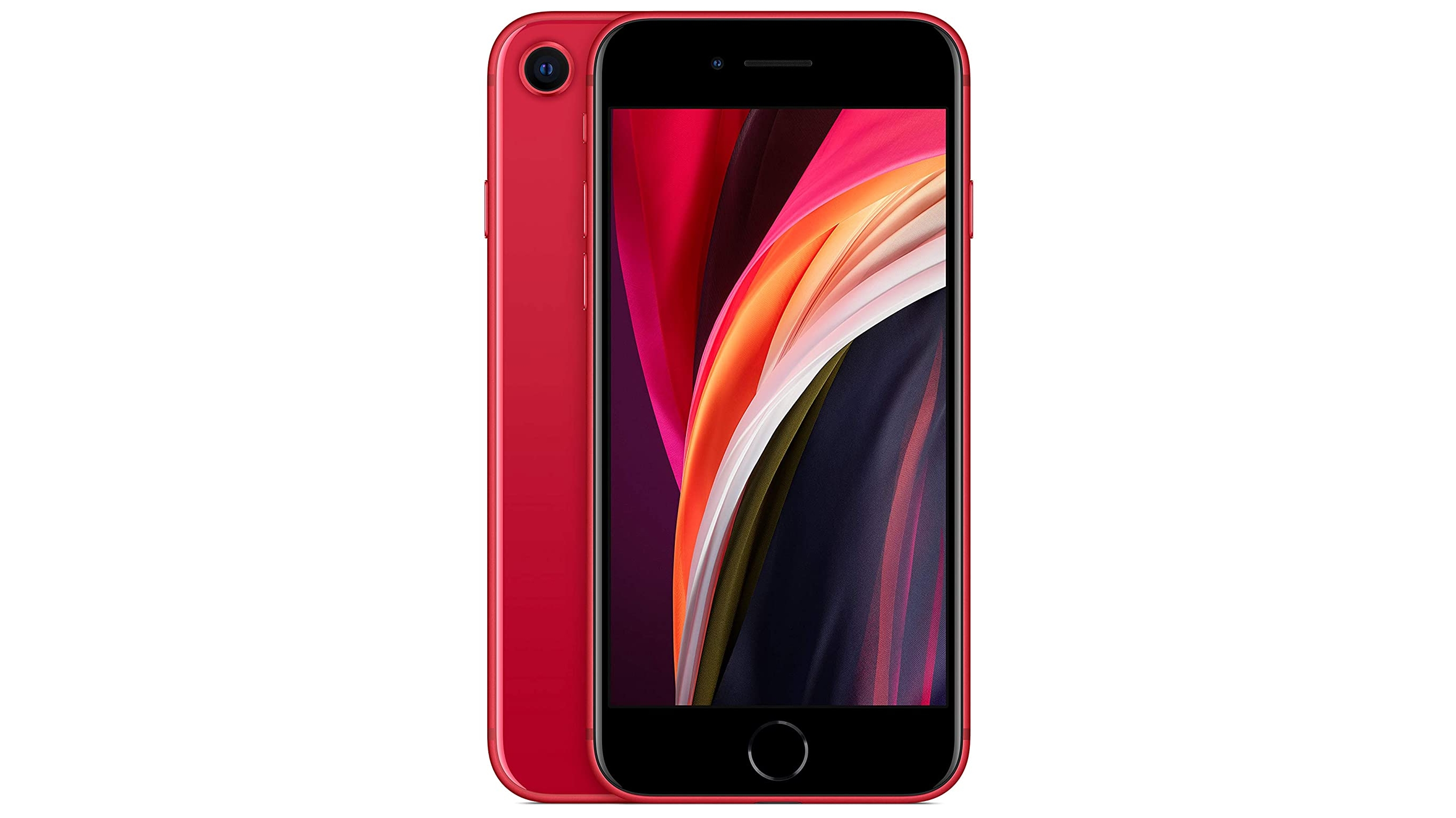
iPhone SE (2020)
Launched: April 2020
The iPhone SE (2020) landed in April 2020, roughly six months after the iPhone 11 range and six months before the likely launch of the iPhone 12. This odd timing is fitting though, as the iPhone SE (2020) is a bit of an odd phone for Apple, being one of very few 'cheap' handsets the company has ever made.
It's also a return to an older form factor, as it has a physical home button, Touch ID, and large bezels, with a design that's basically identical to the iPhone 8 – so Apple was looking backwards here, rather than forwards.
The inside has changed though, as the iPhone SE (2020) has the same A13 Bionic chipset as the iPhone 11 range, though like the iPhone 8 it has just a single-lens 12MP camera and a 4.7-inch screen. That small size could prove as much a selling point as the low price though, since the smallest iPhone 11 model is 5.8 inches.
- Read our in-depth iPhone SE (2020) review
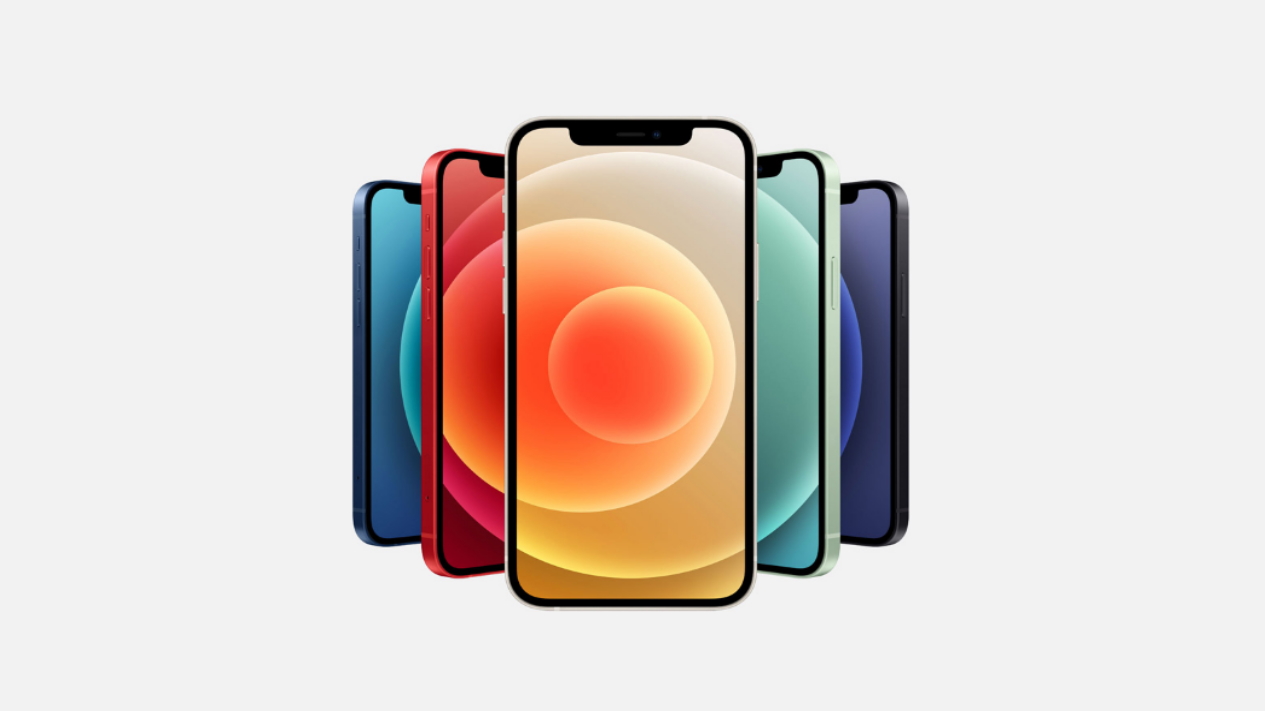
iPhone 12 range
Launched: October 2020
The iPhone 12 range arrived late - landing in October 2020, rather than September when it was expected, but it's here now, and this time around there are four phones.
There's the 5.4-inch iPhone 12 mini, the 6.1-inch iPhone 12 and iPhone 12 Pro, and the 6.7-inch iPhone 12 Pro Max. All four models have an OLED screen, a new A14 Bionic chipset and - for the first time on an iPhone - 5G.
They're also all tougher than their predecessors, with 'Ceramic Shield' protection on the front, and the ability to survive being submerged up to 6 meters deep in water.
The two standard models have two rear cameras and the Pro handsets up that to three - and even find space for a LiDAR scanner to improve augmented reality and low light shots.
With the iPhone SE (2020) also landing earlier in the year, this is by far the bulkiest Apple's iPhone line-up has ever been.
- Everything about the iPhone 12, iPhone 12 Pro, and iPhone 12 mini

John joined TechRadar a decade ago as Staff Writer for Phones, and over the years has built up a vast knowledge of the tech industry. He's interviewed CEOs of some of the world's biggest tech firms, visited their HQs and has appeared on live TV and radio, including Sky News, BBC News, BBC World News, Al Jazeera, LBC and BBC Radio 4. Originally specializing in phones, tablets and wearables, John is now TechRadar's resident automotive expert, reviewing the latest and greatest EVs and PHEVs on the market. John also looks after the day-to-day running of the site.
How To Remove Age Restriction On Youtube On Iphone
Source: https://www.techradar.com/in/news/history-of-the-iphone
Posted by: largecrusuppeas.blogspot.com

0 Response to "How To Remove Age Restriction On Youtube On Iphone"
Post a Comment